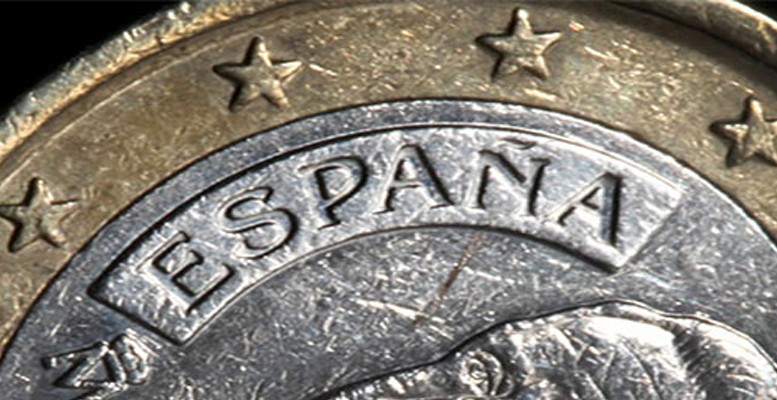Below is the configuration Spain’s economic sectors’ debt in Q2 2017. The data is not particularly bad, depending on what the quality of these debts and the guarantees or assets they are financing is like. In other words, is it certain that these debts are recoverable, are these guarantees what the market says they are worth?
First: the total debt of all the sectors is 3.3 trillion euros, equivalent to 295% of GDP. In other words, that each of us owes in gross terms, three times our income.
Second: Public debt accounts for 131% of GDP. Therefore it’s not true that this public debt is “just” 100% of GDP. The government and Brussels have joined forces to try to pull the wool over our eyes in this respect, using the Excessive Deficit Procedure (EDP). This is an accounting system which eliminates the debts between different administrations (for example, between Catalonia and the central government). This is logical from an accounting point of view, but not from an economic point of view, because this debt will never be paid.
Third: The rest of the gross debt corresponds to the private sector: non-financial companies, 100% and households, 64%.
Fourth: the biggest creditor of this debt is the financial sector, with 177%, and the foreign sector, with 76%. That said, the government and the non-financial private sector holds a substantial 42%.
Fifth: The result of this data are net consolidated figures which give us a total net external debt of 76% of GDP.
The data is not particularly bad, depending on what the quality of these debts and the guarantees or assets they are financing is like. In other words, is it certain that these debts are recoverable, are these guarantees what the market says they are worth?
Starting with public debt, 130% of GDP is no joke. Above all because of the pace at which it has risen: more than doubling from the 61% of GDP in 2009. At the moment, it’s being financed cheaply because the ECB is buying it, and the market accepts that the price it buys it at – or the interest rate it provides – is a good one. But Spain is playing with fire with its Catalan mother and this could fuel a critical increase in the interest rate. Then add to this the fact that sooner or later the ECB will stop supporting this debt, as it begins to withdraw its purchases. For the time being, it has cut the volume of asset buying, but has prolonged the period.
On the other hand, we can say that thanks to this public indebtedness – which is transformed into revenues transferred to the private sector via the purchase of goods and services plus transfers – the corporate and household sectors have reduced their debt/GDP ratio from 215% to 164% today. Nobody usually comments on this, but there is obviously a double game of communications going on between the public and private sectors. And it has to be acknowledged that, whether it increases productivity or not, public debt eases and reduces private debt.
In other words, there has been a Keynesian policy in place, of ECB monetary expansion and the expansion of government debt, call it what you like. And this policy has allowed Spain to grow at an annual rate of 3% in three years. Another thing is that the government has not known how to cash in on this in terms of winning votes, clumsily stepping into one puddle after another and not capitalising on what it does well. And it did do well in not allowing an intervention and then managing to get a wide margin in term of its deficit, while Greece was crucified. But it did not do well in terms of publicising this. And Catalonia is proof of that.
So we can thank this government for its Keynesian lesson in economy, but not for how it has managed the defence of the Constitution.





